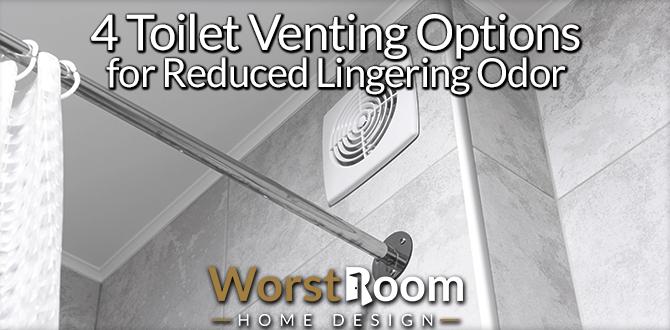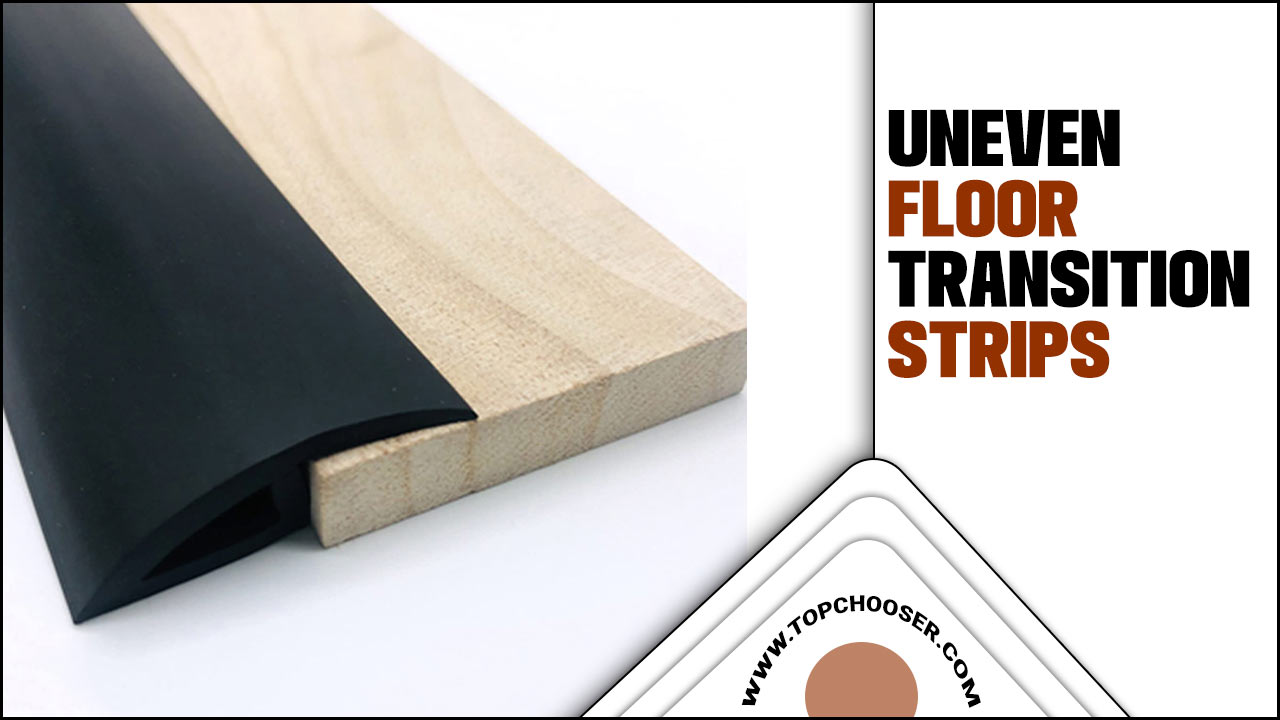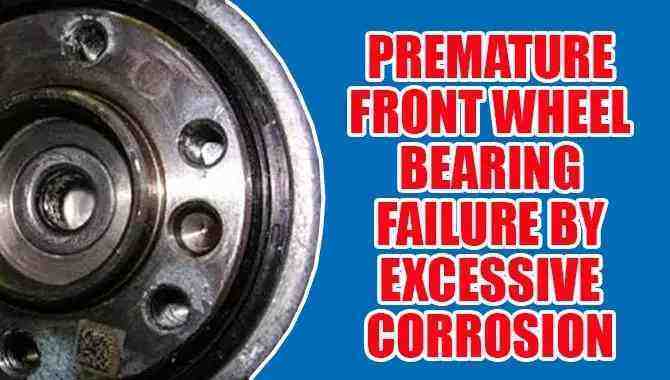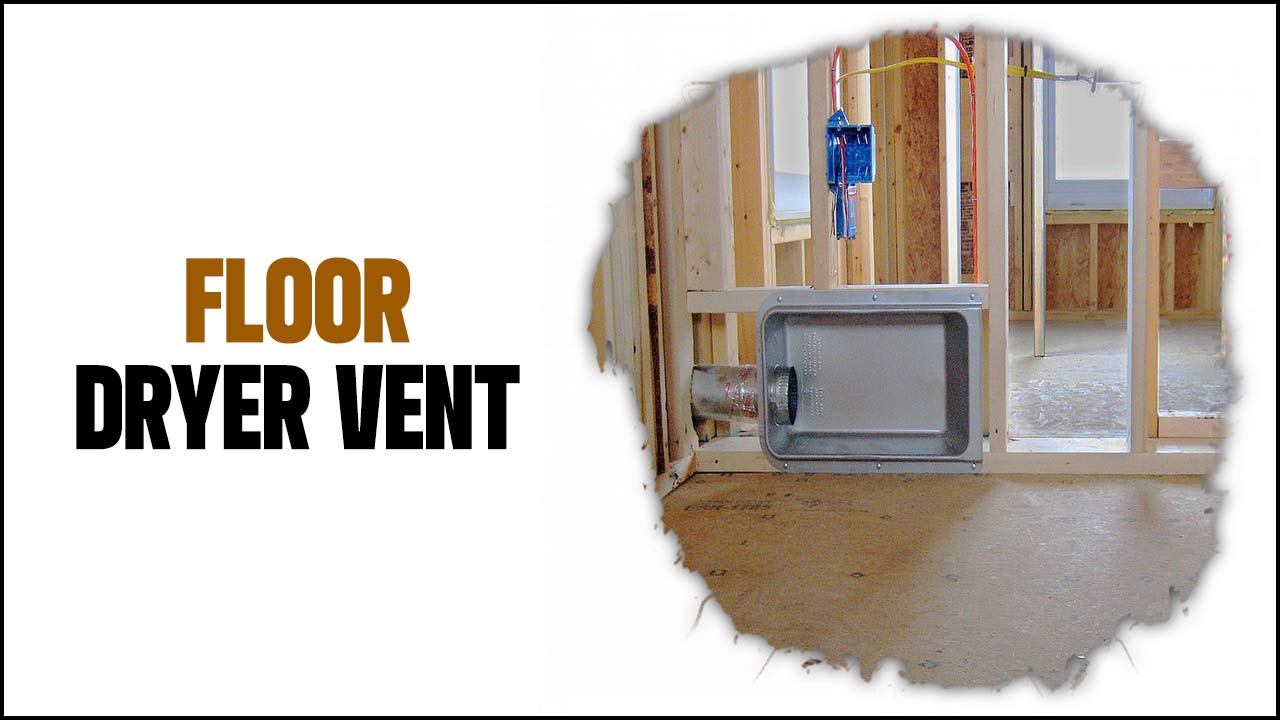Have you ever noticed a strange sound when you flush the toilet? It might be a sign of a venting problem. Many homeowners face issues with toilet venting. This common problem can be frustrating and embarrassing. But don’t worry! You can learn how to fix toilet venting problems and bring peace back to your bathroom.
Imagine this: You’re sitting quietly when a loud gurgle shakes the silence. That noise likely means air can’t flow properly in your plumbing. This can cause bad smells and even slow drains. Fixing it helps keep your home fresh and clean.
In this article, we’ll explore simple ways to solve your toilet venting issues. You’ll find easy tips that anyone can understand. So, if you’re ready to tackle this challenge, let’s dive in!
How To Fix Toilet Venting Problem: Effective Solutions Explained

How to Fix Toilet Venting Problem
Dealing with a toilet venting problem can be tricky. First, check if the vent pipes are blocked or broken. A simple way to test is by flushing your toilet and watching for slow drainage. Did you know a blocked vent could cause bad smells in your home? Clearing these blocks can improve airflow and prevent issues. Ensuring proper venting can save you time and money on plumbing calls down the road. Fixing it is easier than you think!Identifying Signs of Venting Problems
Common symptoms indicating venting issues. How to diagnose toilet problems related to poor venting.Venting problems can be sneaky little gremlins. Look out for signs like gurgling sounds when you flush. If your toilet bubbles like it’s trying to say something, that’s a clue! Also, if your toilet empties slowly, it might be complaining about airflow. And if you smell something funky, that’s a red flag! Diagnosing these issues early can save you from bigger messes later. Here’s a quick table of symptoms:
| Symptoms | What It Means |
|---|---|
| Gurgling sounds | Blocked venting |
| Slow flushing | Poor airflow |
| Bad odors | Venting issue |
Pay attention to these clues, and you’ll be a toilet detective in no time!
Common Causes of Toilet Venting Problems
Blocked or clogged vent pipes. Illegally installed or improperly sized vent systems.Toilet venting problems often start from a few common issues. If the vent pipes get blocked, air cannot flow freely. This blockage may come from leaves, dirt, or even bird nests. Another issue is when vent systems are poorly installed or the wrong size. This can affect how well the toilet works. Ensuring the pipes are clean and vent systems are correctly sized can fix many of these issues.
What are the signs of toilet venting problems?
Signs of toilet venting problems include slow flushing and unpleasant odors
Tools and Materials Needed for Repairs
Essential tools for fixing toilet venting issues. Recommended materials for venting systems.To fix a toilet venting problem, you need some basic tools and materials. Here’s a quick list to get you started:
- Wrench
- Pipe cutter
- Drill
- Plumber’s tape
- Flexible venting pipe
- Adapters and couplings
These items help ensure your repair goes smoothly. Using the right tools makes the job easier and faster. You’ll be on your way to better toilet venting in no time!
What tools are needed to fix a toilet venting problem?
You’ll need a wrench, pipe cutter, and drill. These tools help you remove and replace parts easily!
Step-by-Step Guide to Fixing Toilet Venting Problems
Detailed procedures for clearing vent blockages. Instructions for repairing or replacing vent pipes.First, grab a ladder and check the roof vent. Look for any stubborn blockages like leaves or birds that got lost on their way! Clear these out gently. If your vent pipe is cracked, it’s time for a replacement. Cut the damaged section with a pipe cutter and fit a new pipe using connectors. Don’t worry if you get a little dirty; that’s just part of the adventure! Remember, a well-functioning toilet vent keeps things flowing smoothly—and keeps odors at bay, too!
| Problem | Solution |
|---|---|
| Blocked vent | Clear debris from vent |
| Cracked pipe | Replace with new pipe |
Preventive Measures to Avoid Future Venting Issues
Maintenance tips for toilet vent systems. Guidelines for proper installation and remodeling.To keep your toilet vent system happy, regular checks are a must. Ensure you inspect for any clogs or obstructions. It’s like giving your toilet a little spa day! For installations and remodels, make sure to follow local codes. This helps avoid future headaches. Remember, it’s better to be safe than sorry. Here’s a quick tip list to keep things flowing:
| Maintenance Tips | Installation Guidelines |
|---|---|
| Check for clogs annually. | Follow local building codes. |
| Clear any debris from vents. | Use high-quality materials. |
| Inspect for leaks regularly. | Ensure proper slope for pipes. |
Following these tips can help you dodge venting issues. Because let’s face it, no one wants a toilet that’s more rebellious than a teenager!
Professional Help: When to Call a Plumber
Situations where professional assistance is necessary. Benefits of hiring a plumbing expert for venting issues.Some plumbing problems need a superhero—also known as a plumber! If your toilet makes weird noises or water won’t flush, it’s time to call for backup. Ignoring issues can lead to bigger messes later. You’d want someone with proper tools and skills. Plus, hiring a pro can save you time and stress. They’re like toilet whisperers who know exactly what to do!
| Situation | Why Call a Plumber? |
|---|---|
| Clog won’t budge | They have powerful tools! |
| Smells from the toilet | They’ll find that sneaky leak! |
| Frequent backups | They’ll fix the root cause! |
Conclusion
In conclusion, fixing a toilet venting problem can improve your plumbing system. Start by checking the vent pipe for clogs and ensuring proper airflow. If you’re unsure, consider calling a plumber. You can also read more online for detailed guides. Taking these steps helps you keep your toilet working properly and your home happy. Happy fixing!FAQs
What Are The Common Signs Of A Toilet Venting Problem, And How Can I Identify Them?Common signs of a toilet venting problem include gurgling sounds and slow flushing. You might notice unpleasant smells, too. If bubbles appear in the toilet bowl when you flush, that’s another clue. To check, listen carefully when you flush and watch for any strange noises or smells. This can help you know if there’s a problem.
How Can I Determine If My Toilet’S Vent Stack Is Blocked Or Obstructed?To see if your toilet’s vent stack is blocked, check for gurgling sounds when you flush. If the water rises too high or drains slowly, that’s another sign. You can also go to the roof and look down the vent pipe. If you see leaves or other things blocking it, you’ll need to clear it out. If you’re not sure, ask an adult to help.
What Tools And Materials Do I Need To Fix A Toilet Venting Issue Effectively?To fix a toilet venting issue, you will need a few tools and materials. Get a wrench to tighten or loosen pipes. You may also need a screwdriver for any screws. Use a bucket to catch any water that spills. Don’t forget some towels to clean up!
Are There Specific Diy Methods For Clearing A Blocked Toilet Vent, Or Should I Hire A Professional?If your toilet vent is blocked, you can try some DIY methods first. Get a flashlight and look for any obvious blockages on the roof. You can use a long brush or a plumber’s snake to clear out dirt. If you’re still having trouble or feel unsafe, it’s best to hire a professional plumber. They know what to do and can help you quickly!
How Can Inadequate Toilet Venting Affect Other Plumbing Fixtures In My Home?If your toilet doesn’t have enough venting, it can cause problems for other sinks and drains. The bad air can make bubbles or gurgling noises when you use them. This happens because the pipes can’t breathe properly. Sometimes, water can even back up and make a mess. Good venting helps everything in your home work well.








